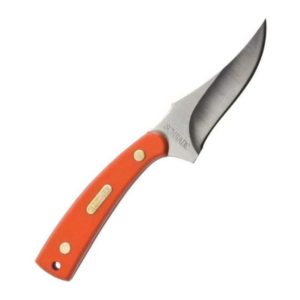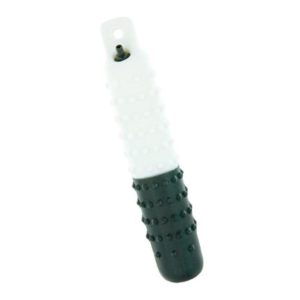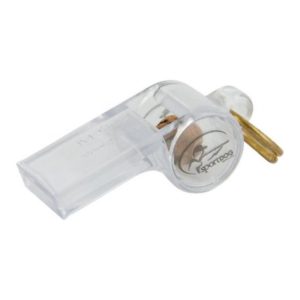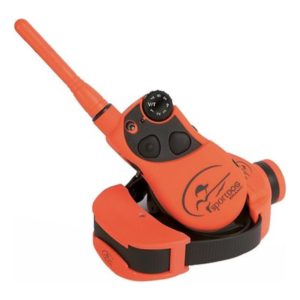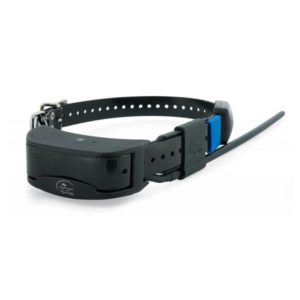Can you really fix a gun shy dog?
You get a gun dog puppy. You can’t wait to begin hunting with him, but now he’s showing signs of gun shyness.
You’ve probably heard a lot of hunters say that once a dog shows signs of being gun-shy, there’s no turning back. If you were like me, that probably scared the bejesus out of you.
I had a puppy who handled very well, had a great prey-drive, but any loud noises made him cower toward cover. One time I let him out to go to the bathroom. As soon as we opened the door he heard a firework go off in the distance. He high-tailed it back into the house, into the bedroom, and pissed all over our bed. My hopes for ever hunting with him dwindled at that moment. If my dog was that afraid of fireworks, how would he ever handle gunfire well?
Signs that your dog is gun shy
It’s not exactly rocket science.
If loud noises, like pops, bangs, booms, or any other form of onomatopoeia frighten your pup, then you probably have a gun-shy dog.
If you feel like your dog might be gun-shy then take appropriate precautions around loud noises, which we’ll explain in the next section.
Things to avoid to prevent your dog from becoming gun shy
You will need to properly introduce your dog to gunfire. We’ll talk more about that in a bit. But here are ways you should NOT introduce your dog to gunfire.
First off, don’t go straight into shooting guns over your puppy. That’s never a good idea. In fact, it can have the opposite effect of what you’re looking to accomplish. Chances are you will just end up spooking your pup and introducing gun-shyness at an early age. This includes taking your dog to the gun range or taking him hunting.
If you can, avoid exposing your dog to fireworks too. Often, that’s not in your control. But if you can, keep them away.
Properly introducing your dog to gunfire
The key to exposing your dog to gunfire is to move slow with training. Moving too quickly can backfire. So make sure you don’t try all of these steps in a few short sessions. Take only one or two of these steps a session and spread sessions out over a few weeks.
First find something your pup really enjoys.
This could be his food, bully sticks, a spoonful of peanut butter, a game of fetch, or anything else that truly captivates his attention away from everything else.
Ron Boehme from the Hunting Dog Podcast uses the Playboy analogy. If a group of 13-year old boys are perusing through their dad’s Playboy magazine, there’s probably not a whole lot that can draw their attention away from that. There could be an eardrum-busting truck backfiring 10 feet away and they probably wouldn’t flinch.
Find your dog’s Playboy magazine.
If that means chewing his bully stick or chasing his ball, take some pots or pans and give it a loud bang from a little distance away. Does it startle your dog? A glance over isn’t horrible, but if he flinches or jumps, you need to back off and find something he might like a little more or step off a try again from a further distance.
If he doesn’t jump, continue this practice again for a few days.
This will start to teach him that loud bangs can go together with good things. If his mind is happy and he hears a loud noise, he will start to associate those noises with good things.
Once he starts to master this, move onto the next step. For this, you’ll need live birds, preferably pigeons or other cheap birds, and a starter pistol.
Place a bird out in the field. This can be in the tall grass on your own property, or a dog training area at a wildlife preserve near you.
Hide the bird in the grass where your dog can’t see. Tie him up out of sight or have a friend hold onto him while you place the bird.
Bring him on a leash to approach the bird. Have him sniff out the bird and let him flush the bird. This is a good opportunity to build your dog’s prey drive as well to make sure he’s not afraid of the bird.
When your dog flushes, let him chase the bird for a second or two. As he’s in pursuit of the flying bird, touch-off the starter pistol from a little distance away. If he doesn’t startle, do it again, but from a shorter distance away. If all goes well, move a little close, fire the gun a little sooner after the bird flushes, and try a few more times.
After this, repeat the steps above but move up to firing a .22 instead of a starter pistol. If your dog responds positively, try again but with a 20 gauge shotgun. If you’ll be hunting with anything more powerful, like a 12 gauge, move onto that lastly.
After doing all this, your dog will be ready for hunting.
Can you fix a gun shy dog?
I can tell you from experience that I tried the above steps with my gun shy dog and now he couldn’t care less about gunfire. It’s all about forming a positive relationship with the gunfire. Before, loud bangs were startling sounds from unknown sources. But now, they mean he gets to hunt.



